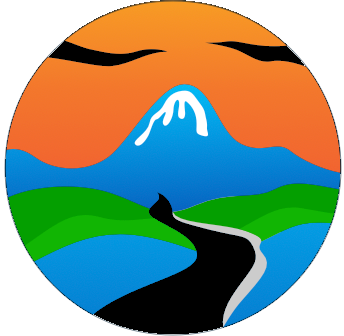Category
- Art 3
- Bike Rides 12
- Boondocking 3
- Capitals 4
- Food on the Road 2
- Hikes & Trails 5
- Historic Sites 3
- History & Architecture 3
- History & Culture 17
- Kayaking 1
- Museum 4
- National Park 8
- Natural History 1
- Nature & Outdoors 36
- Photography 10
- Sculptures 1
- Shorelines & Water 1
- Street Art 1
- Travel Journal 52
- Van Life 73
- capitals 11
- hike 1
- historic sites 6
- parks 3
- photography 3
- trails 2
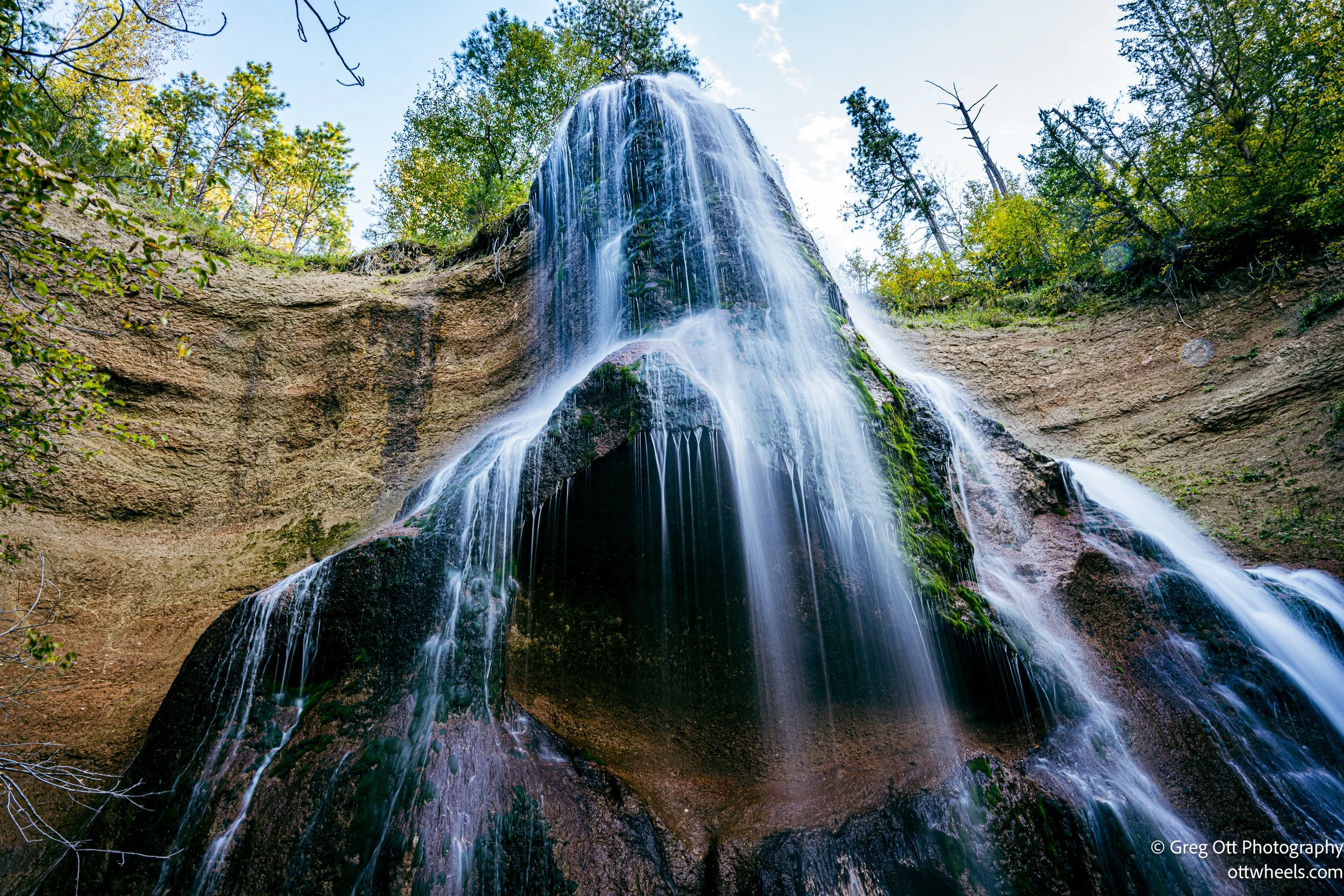
Cowboy Trail / Smith Falls
Cycling a short stretch of the Cowboy Trail from Valentine offered prairie views and a dramatic railroad bridge over the Niobrara River. Later, a stop at Smith Falls State Park brought Nebraska’s tallest waterfall, quiet trails, and a glimpse into the Krzyzanowski family’s history of preserving this landmark.
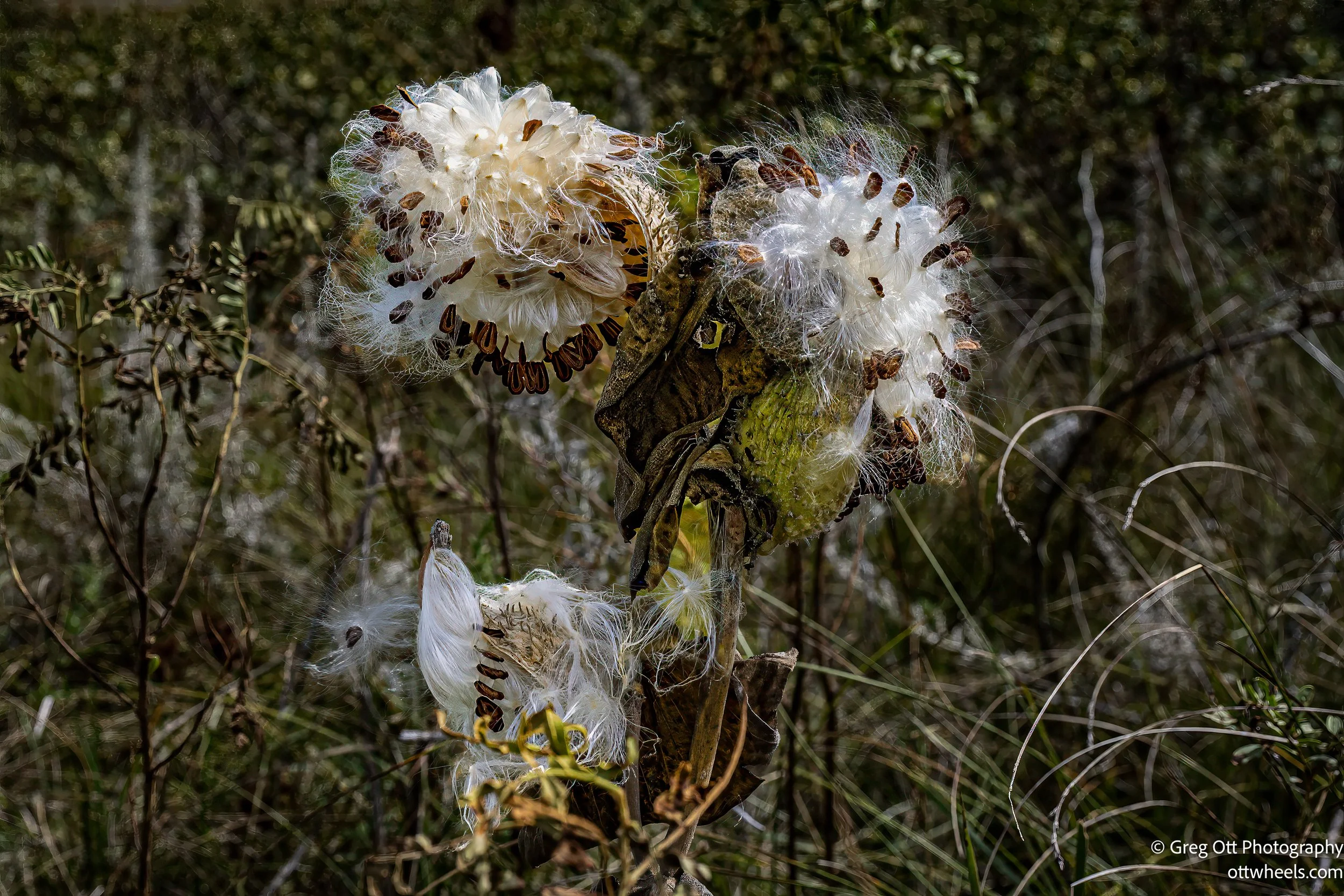
Crescent Lake National Wildlife Refuge
Crescent Lake National Wildlife Refuge lies deep in Nebraska’s Sandhills, far from towns and paved highways. Visitors who brave the rough roads discover a landscape of quiet lakes, prairie dunes, and birdlife. It’s one of the most remote refuges in the lower 48, where solitude and sweeping skies define the experience.
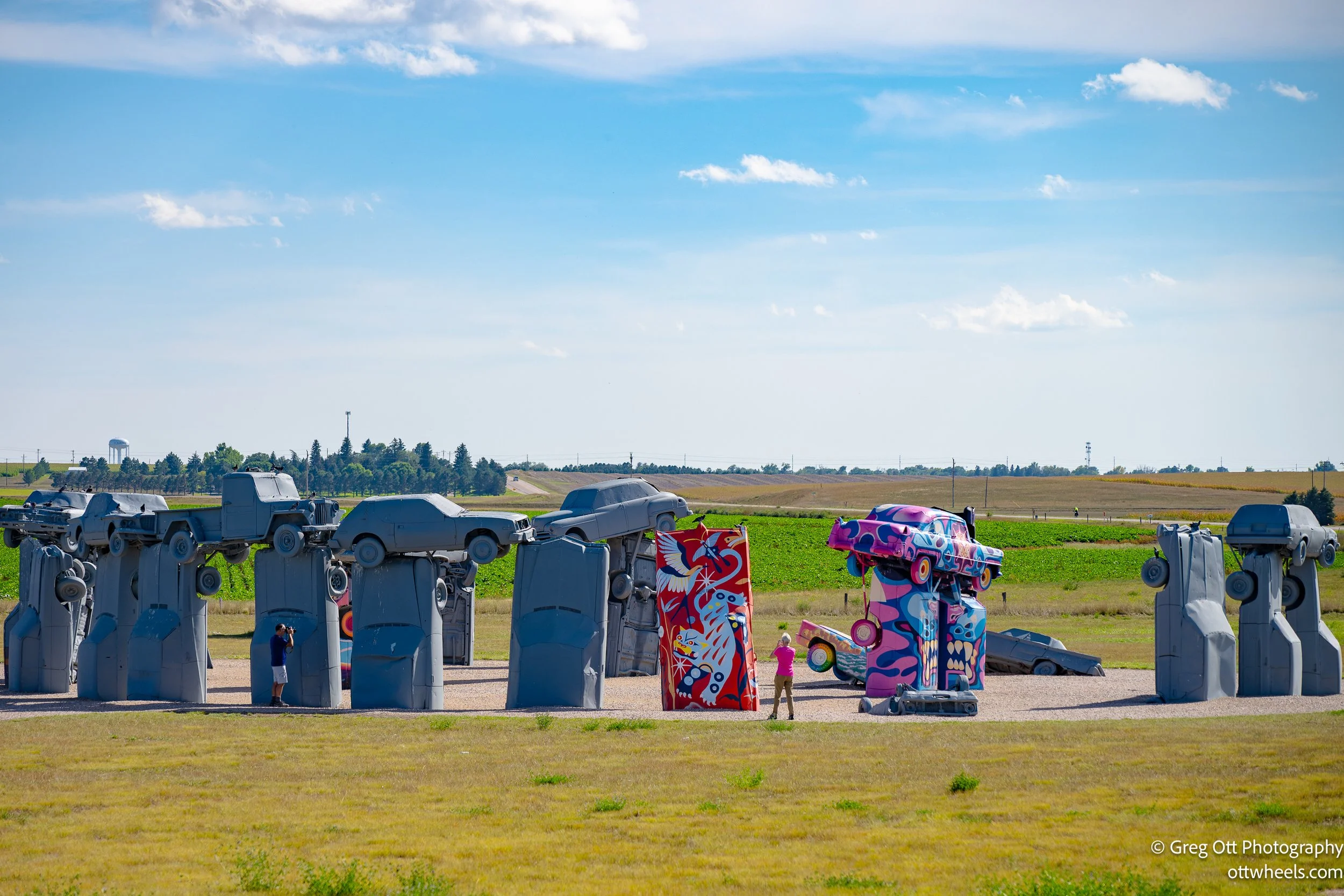
Carhenge, Courthouse & Jail Rocks
From Bayard’s free camping and historic Courthouse & Jail Rocks to the oddball wonder of Carhenge and the ghostly ruins of Antioch, this stretch of western Nebraska packs history, humor, and unexpected roadside stops into one memorable drive.
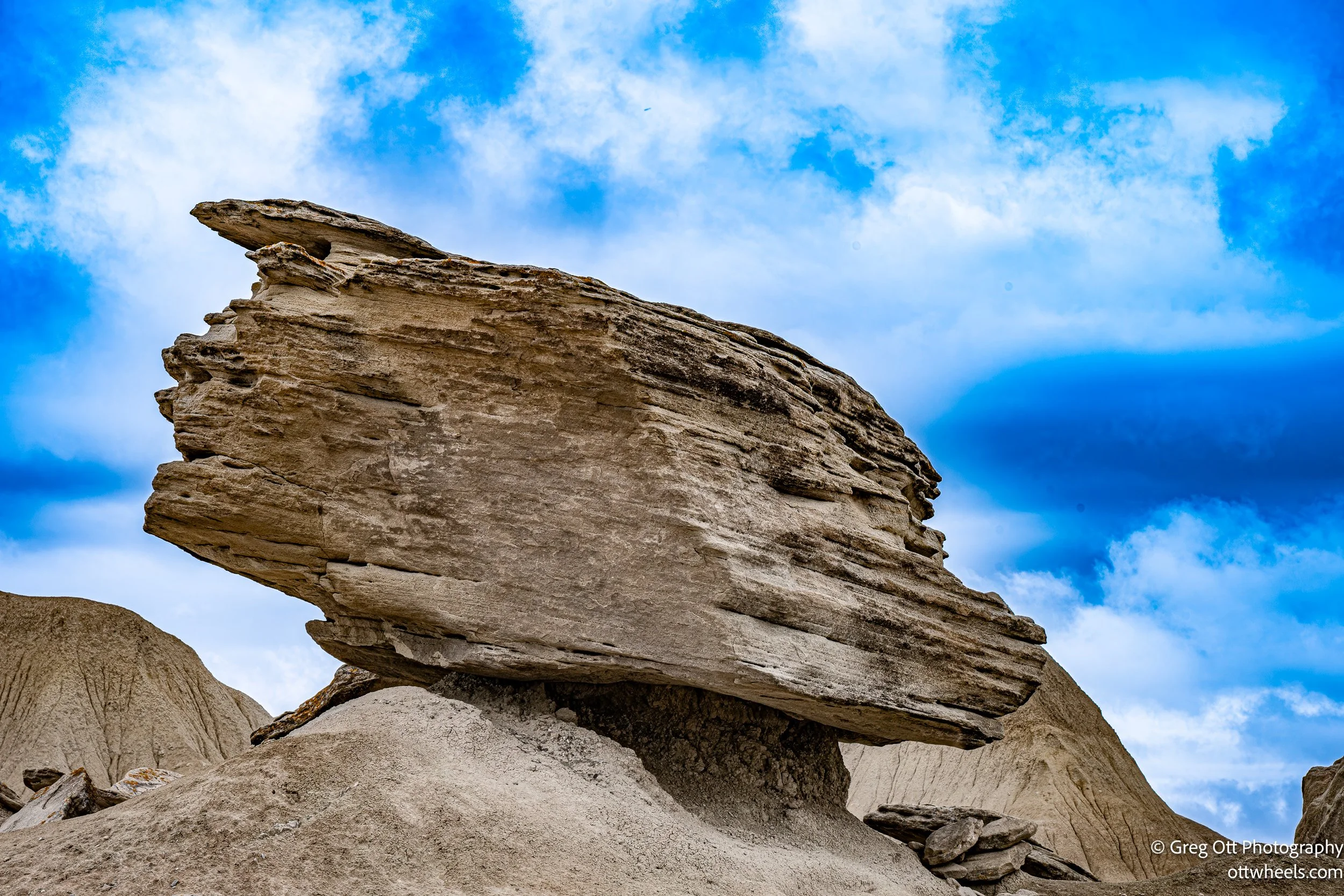
Agate Fossil Beds
Agate Fossil Beds preserves Miocene mammals, while Toadstool Geologic Park offers strange hoodoos and badlands trails. I explored both before camping lakeside in Nebraska.
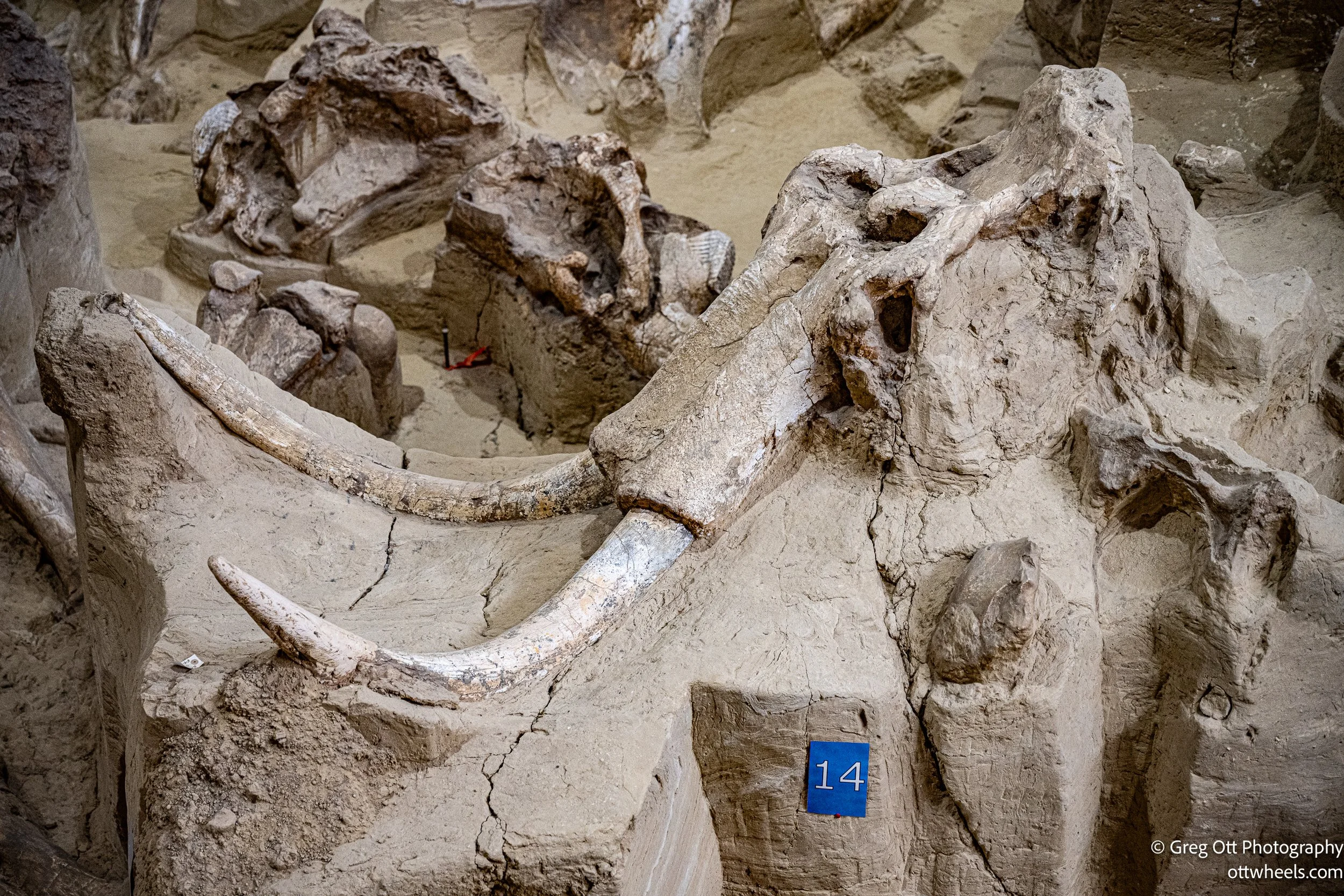
Mammoth Dig, Hot Springs SD
I spent the day in Hot Springs, SD, starting with the Mammoth Site’s incredible dig, then partially walked the Freedom Trail, tried farm-to-table ice cream and a burger at Two Cows Creamery, and drove into a stormy night on my way south.

Wind Cave National Park
From washing the van in Custer and grabbing a burrito at Maria’s Mexican Kitchen, to learning the history of Wind Cave National Park and camping in the Black Hills, this day was a mix of chores, discovery, and quiet time under the stars.
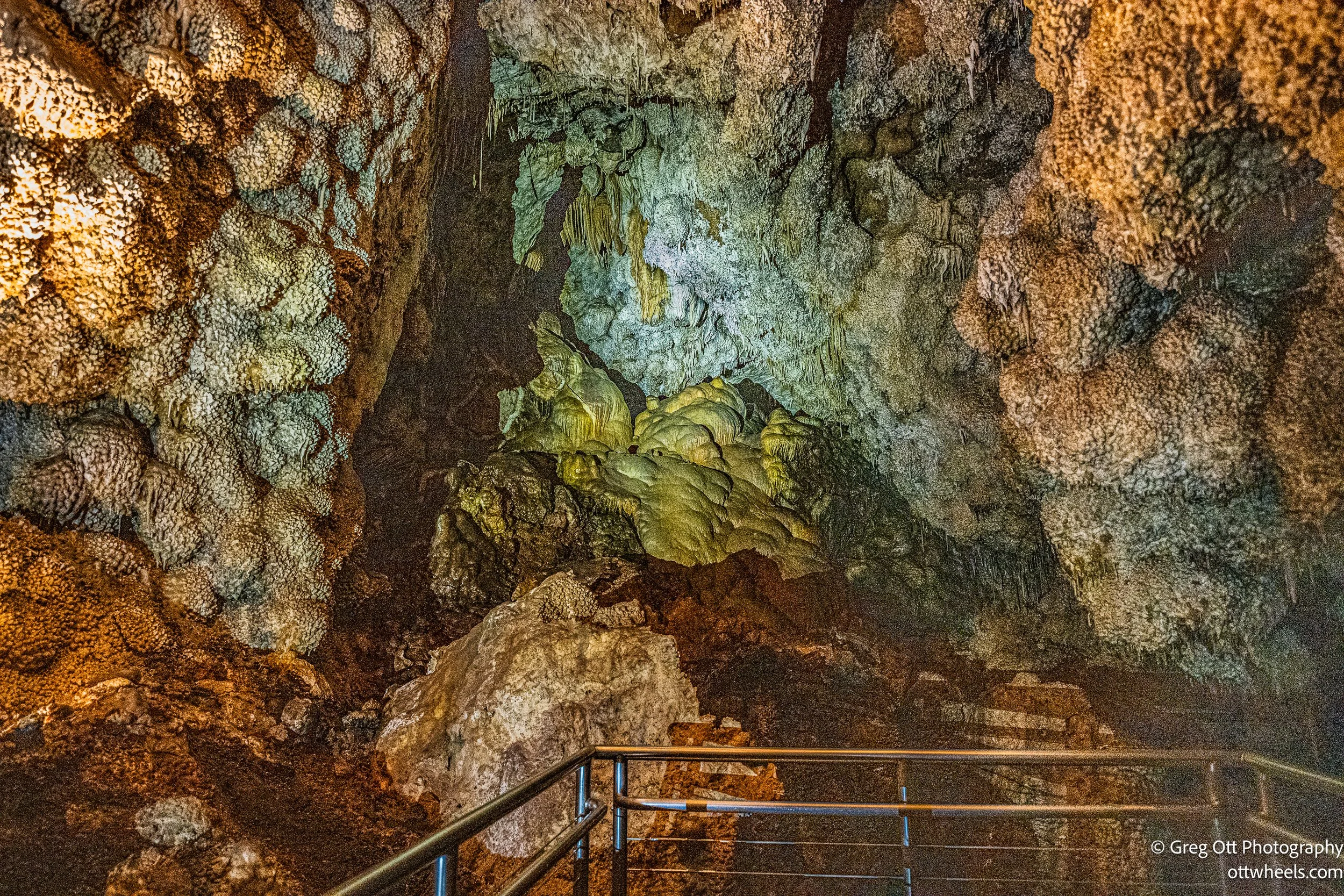
Jewel Cave
My Black Hills day began with a Jewel Cave tour, where a ranger guided us deep into the underground world of crystals, geology, and history. From there I headed to Custer State Park, caught Kevin Costner’s Spirit of Tatanka film, and went for a bike ride past deer, pronghorn, buffalo, and a plaque about South Dakota’s first poet laureate, Charles “Badger” Clark.
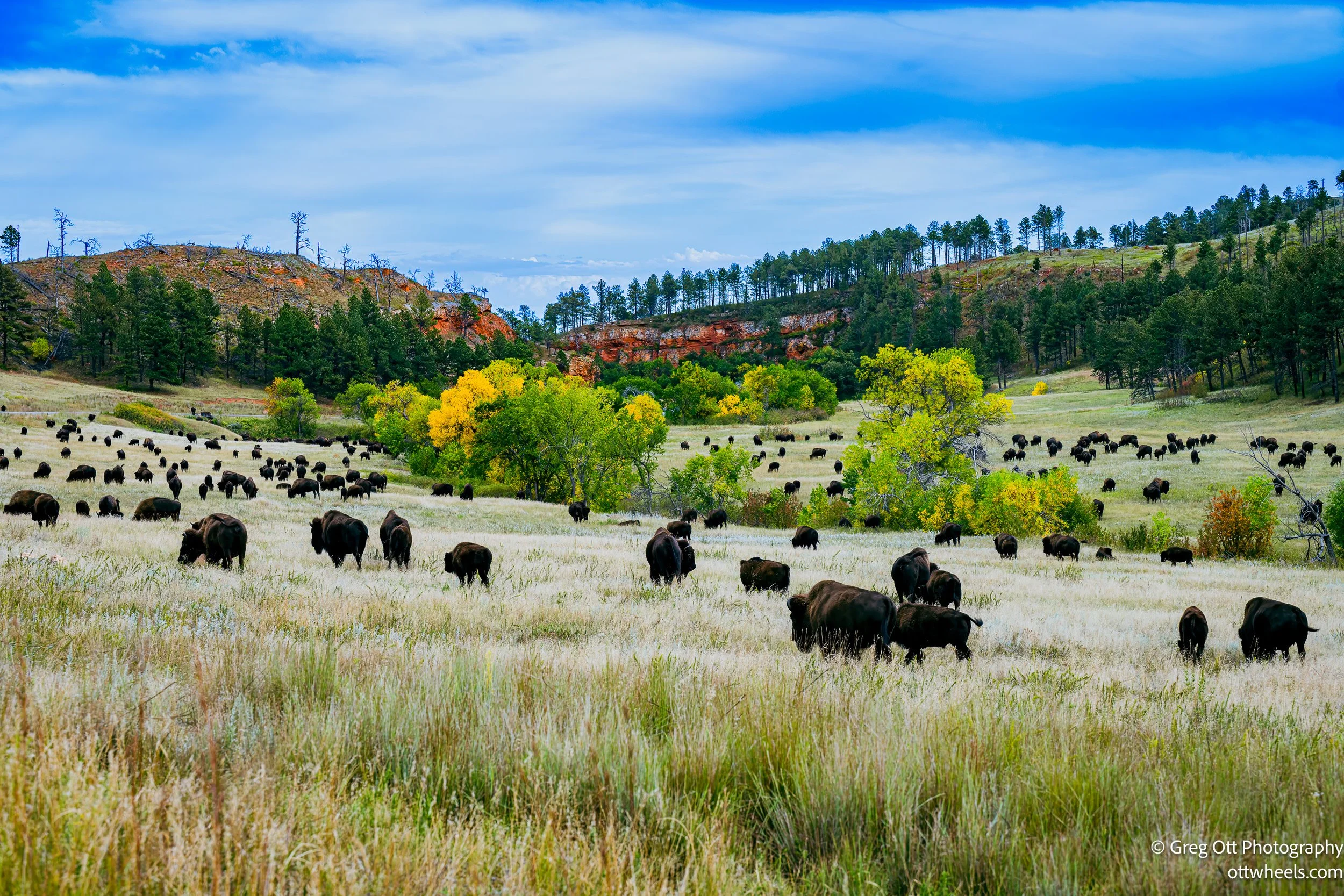
Crazy Horse Monument and Buffalo
A morning at the Crazy Horse Memorial offered history, art, and the powerful story of Crazy Horse and the Ziolkowski family. In the afternoon, I drove Custer State Park’s Wildlife Loop, where I found myself in the middle of a massive bison herd, surrounded by cars and animals moving as they pleased across the plains.
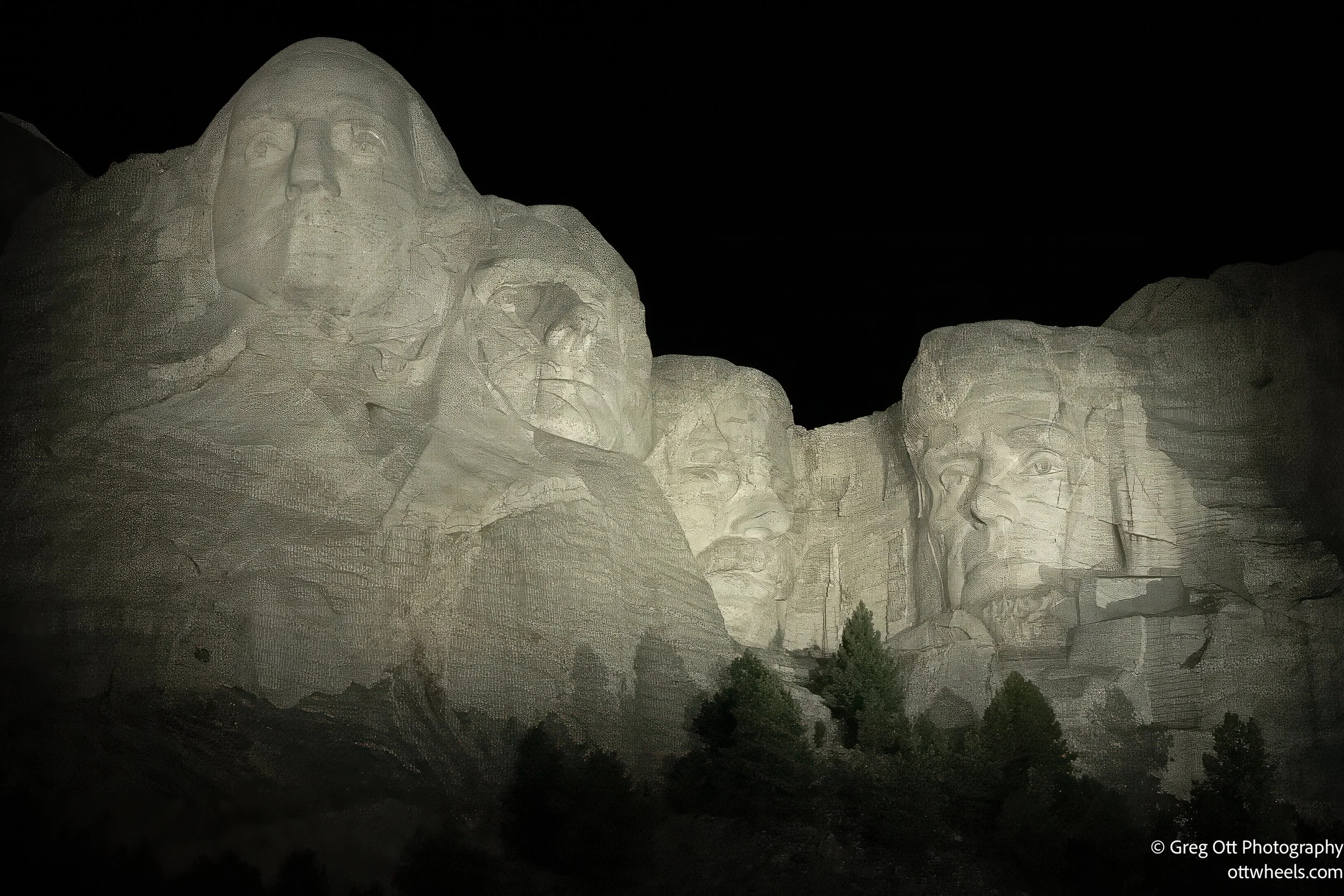
Sturgis to Mt. Rushmore on 9-11
What I thought would be a two-hour visit to Mount Rushmore turned into an all-day adventure—coffee in Sturgis, history lessons, a stormy evening light show, and an overnight at Crazy Horse.
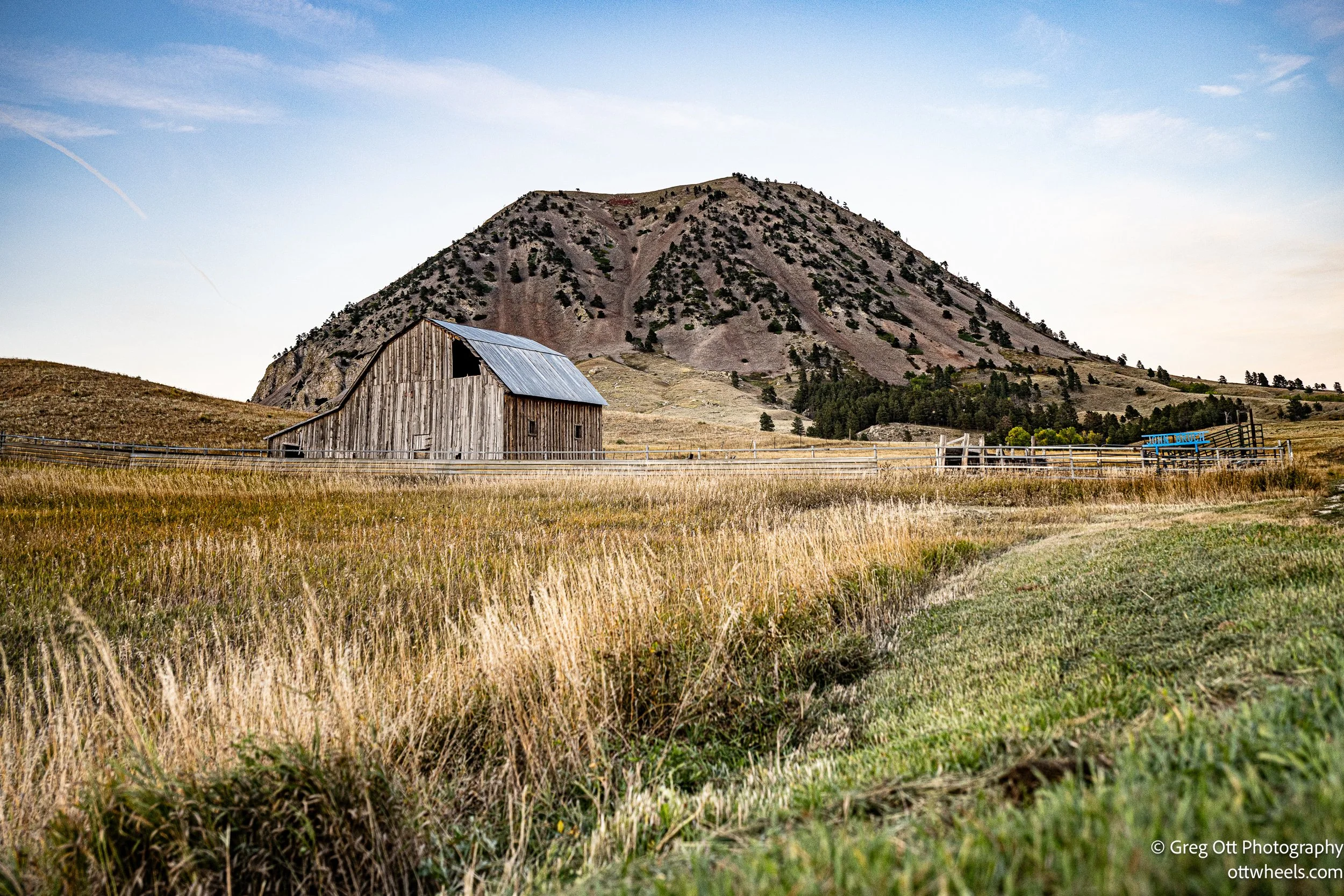
Fort Meade
Fort Meade is where the daily playing of The Star-Spangled Banner first began, a custom that spread across the Army and helped establish our national anthem. I spent time exploring the fort, photographing Bear Butte at sunset, and walking through Black Hills National Cemetery in golden light — three places that carry the weight of history and memory in the Black Hills.
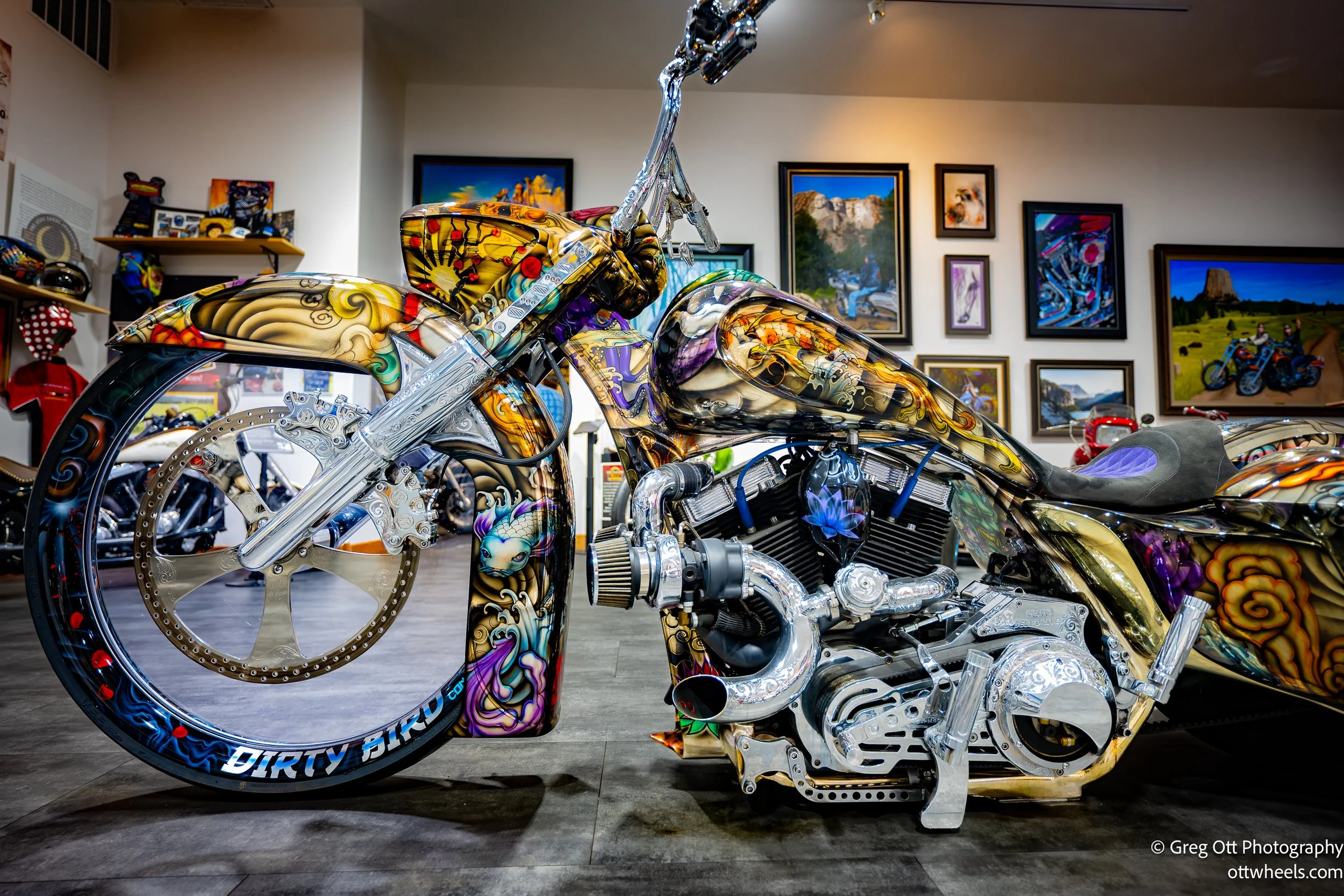
Sturgis & Belle Fourche
The Sturgis Motorcycle Museum & Hall of Fame brings motorcycle history to life with custom bikes, early models, and the inspiring story of Mary McGee. A short drive north, Belle Fourche marks the Geographic Center of the United States with a monument and a local history museum. Two stops, one theme—South Dakota’s deep connection to heritage and adventure.
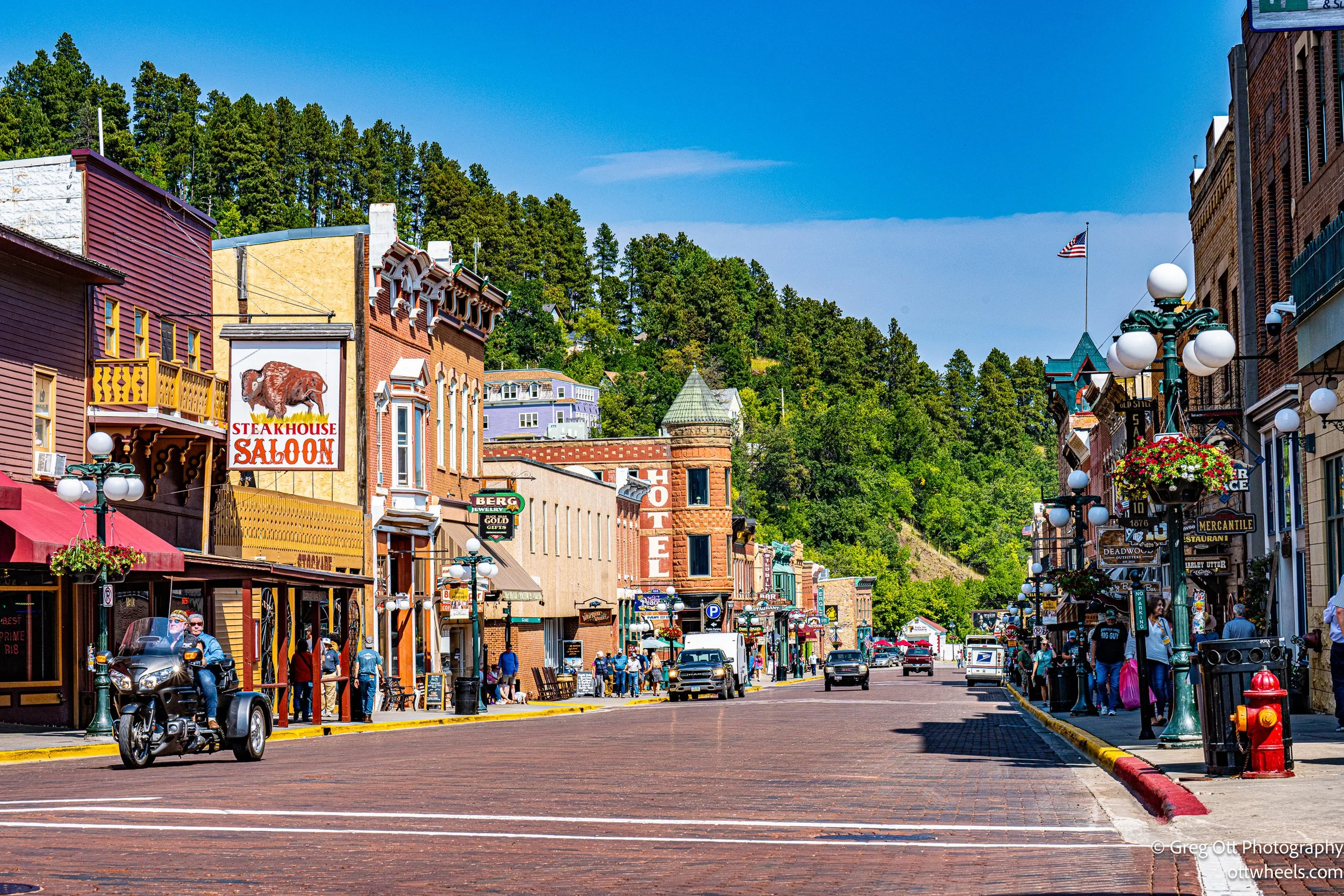
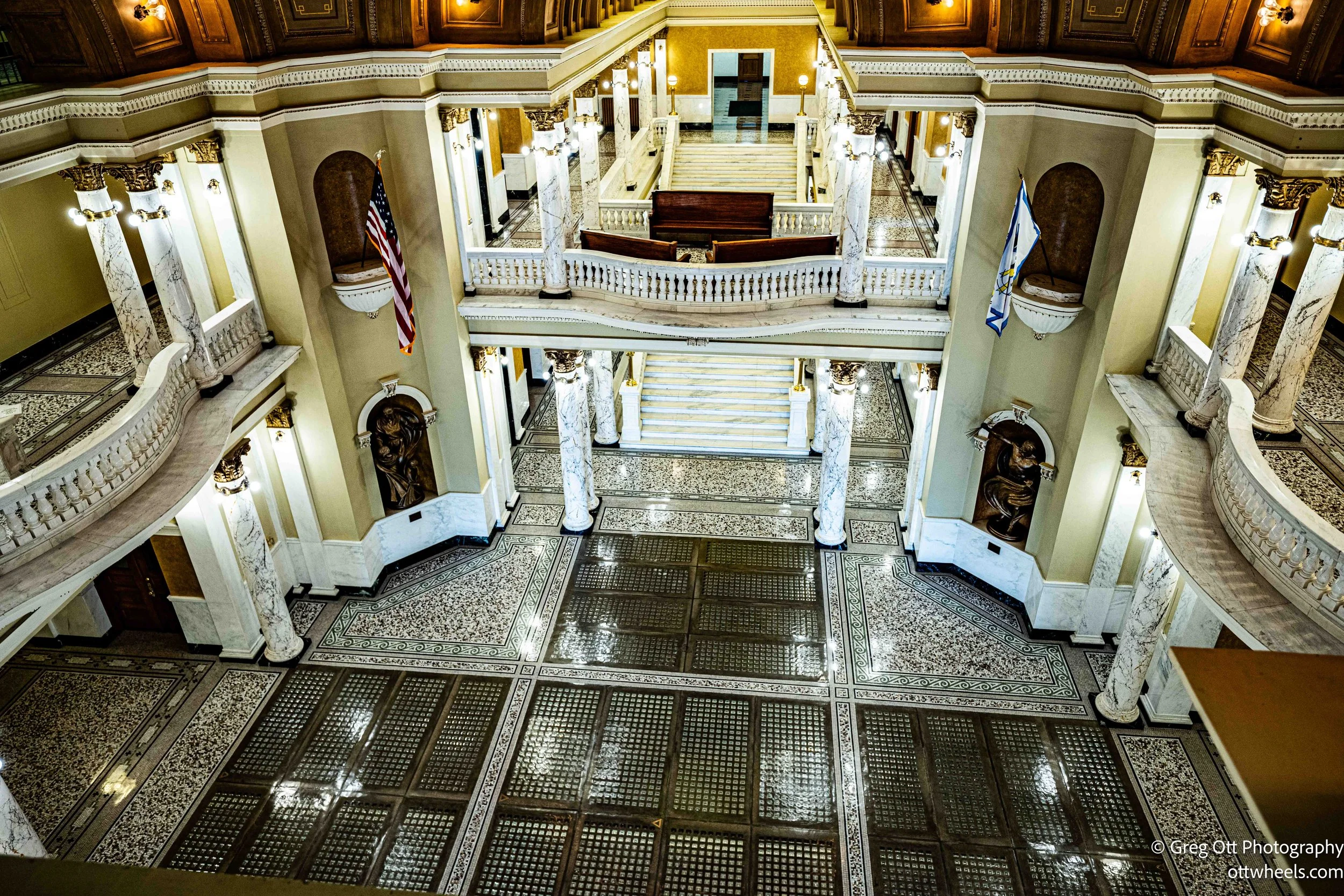
Pierre Capitol Tour and Prairie Homestead
My South Dakota day took me from the marble halls of the State Capitol in Pierre, to the underground world of the Minuteman Missile National Historic Site, and finally to the Brown Homestead where pioneer life came alive. Three places, each with a very different story, but all part of South Dakota’s past.
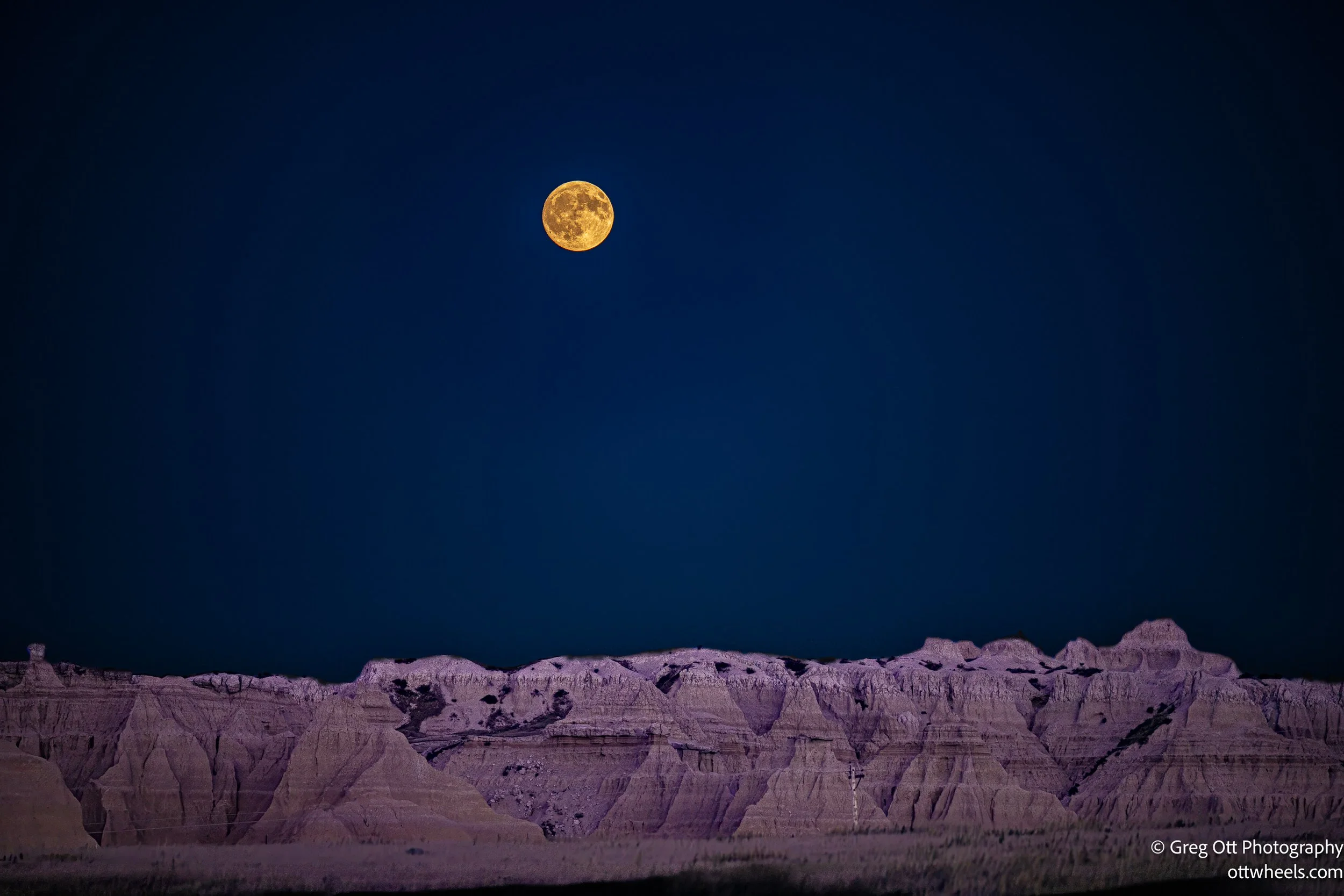
Badlands National Park
From Cold War history at the Minuteman Missile National Historic Site to the rugged beauty of Badlands National Park, my day was packed with contrasts. I wandered the chaos of Wall Drug, stood above the Delta-09 missile silo, and hiked the Badlands at golden hour. History, kitsch, and landscapes all came together in one unforgettable loop.
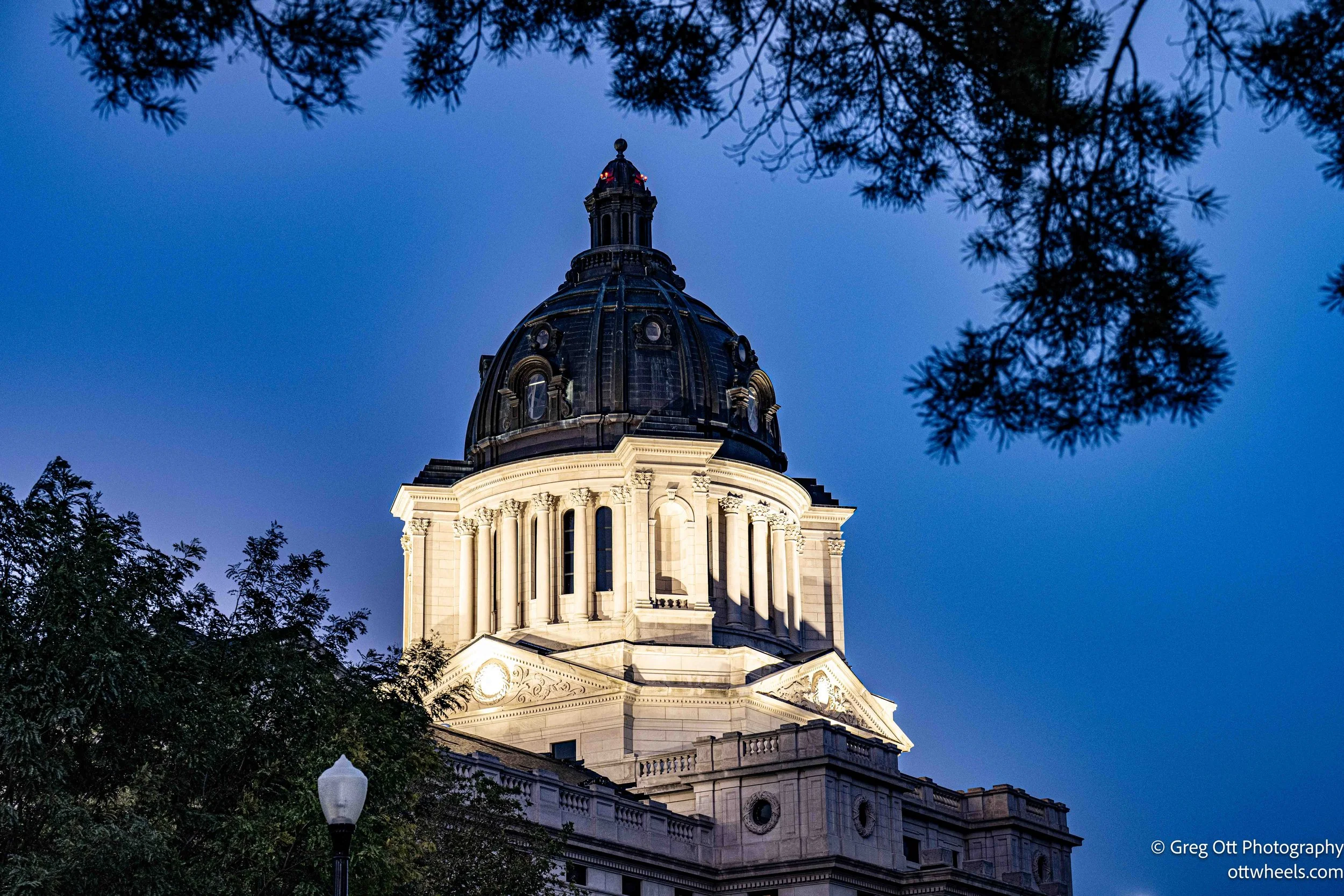
Sioux Falls To Pierre SD
A windy drive along Route 14 led me to Pierre, South Dakota’s quiet capital. I explored the expansive capitol grounds, the Trail of Governors, and downtown’s small-town charm before ending the day at Walmart with dinner and rest.
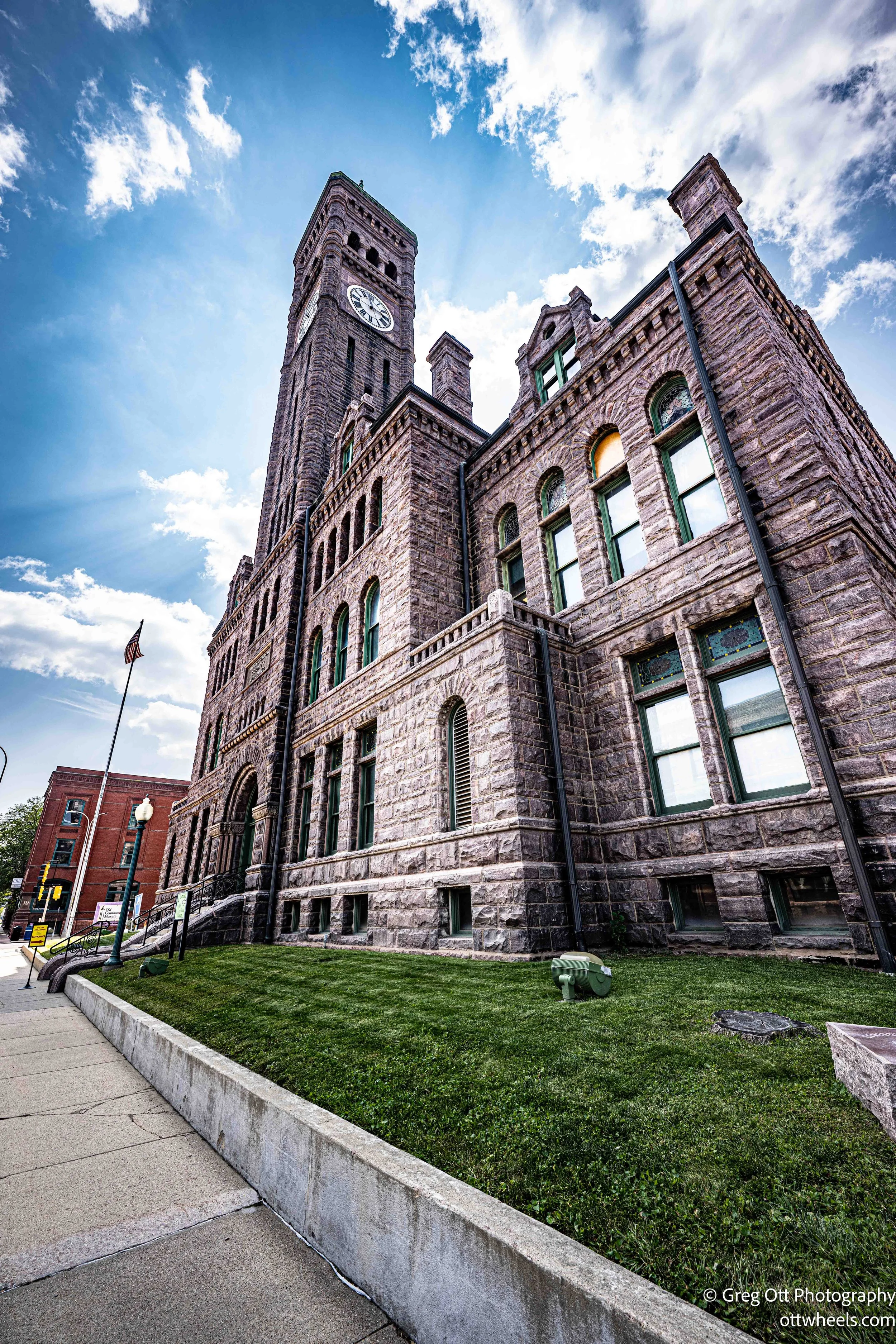
Tour of Sioux Falls
A day in downtown Sioux Falls brought sculpture walks, historic quartzite landmarks, quirky café moments, and an unforgettable meal along the river before tucking in for the night.

Sioux Falls: Falls Park and Biking the City Loop
I spent the day in Sioux Falls, starting with the roaring cascades at Falls Park and then riding the paved bike trail that loops around the city and finishing up with spectacular images of the sky.
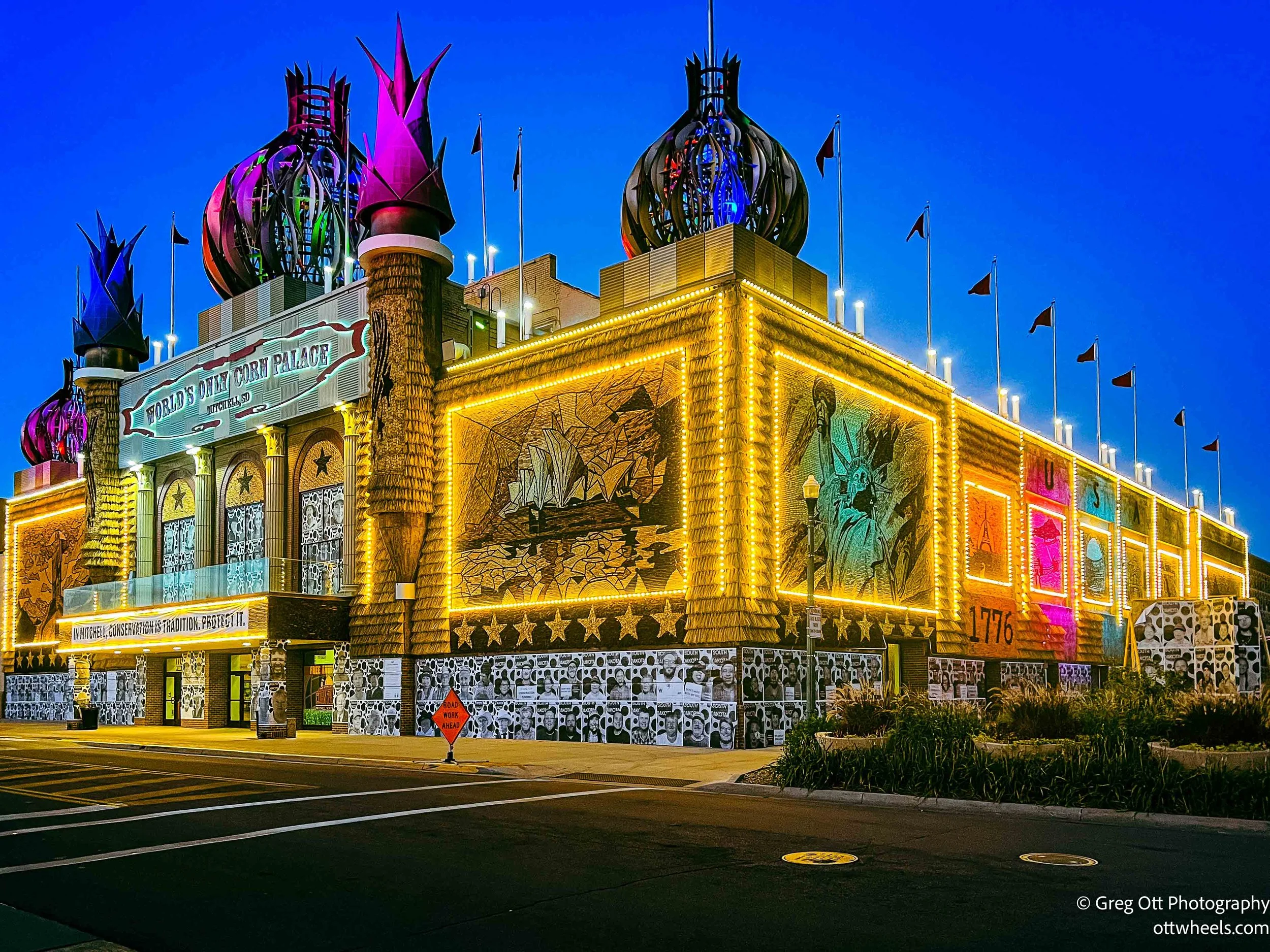
Laura Ingalls Wilder’s Prairie and Corn Palace
In De Smet I followed the trail of Laura Ingalls Wilder—from schools and the courthouse to the Ingalls Homestead—before heading to Mitchell to discover the Corn Palace, an auditorium covered in corn murals and steeped in history.
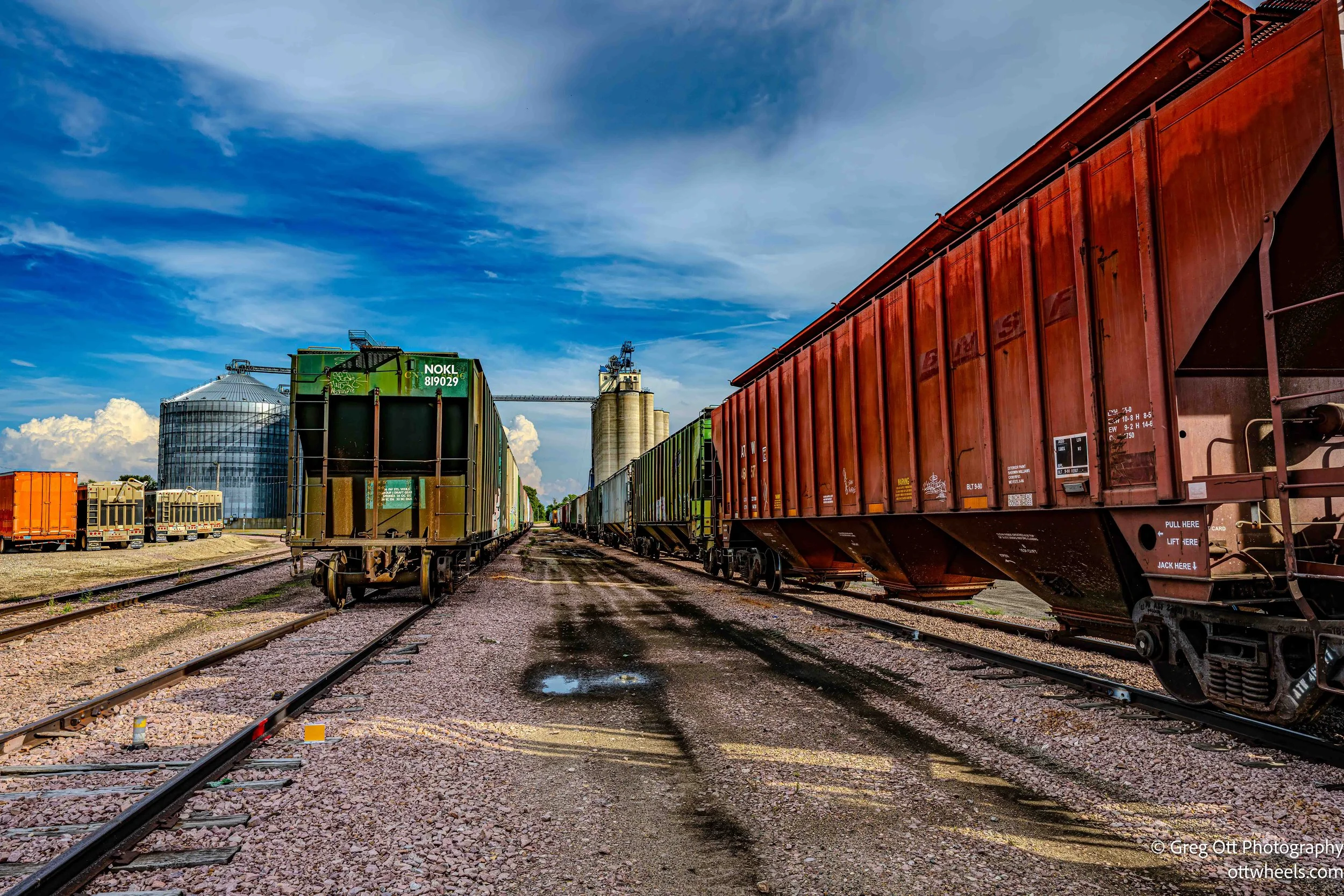
Quiet Towns on Labor Day: Ellendale and Redfield, SD
Crossing into South Dakota on Labor Day, I stopped in Ellendale and Redfield—two small towns where history lingers in opera houses, train stations, and quiet streets.
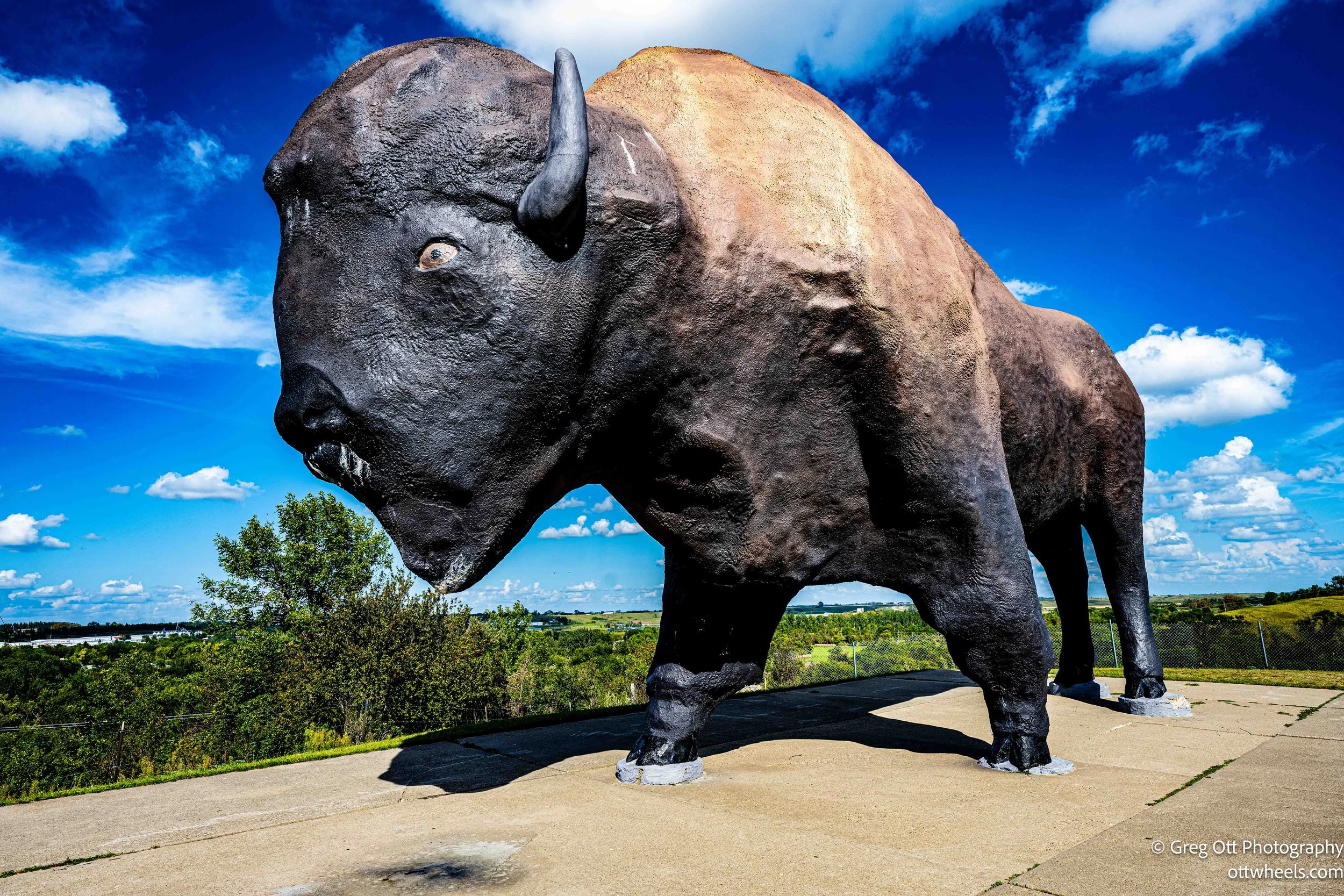
Chase Lake and Frontier Village
My trip to Chase Lake National Wildlife Refuge didn’t go as planned—the main access road is closed until further notice due to unsafe conditions. I made it within a few hundred yards of the refuge only to find the road underwater, so no bird photos this time. Instead, I turned south to Jamestown, where Frontier Village and the World’s Largest Buffalo turned out to be a quirky mix of prairie history, roadside attractions, and a concrete beast that’s been watching over travelers for more than 60 years.
